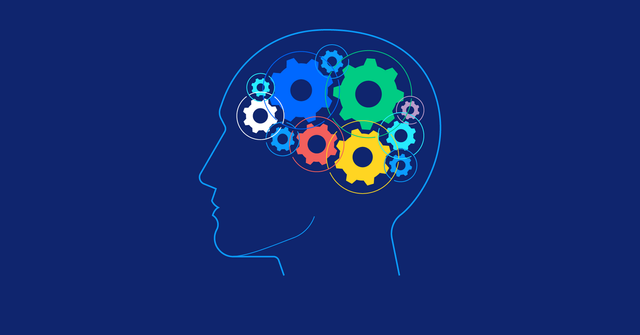The Psychology of Color: Understanding How Colors Affect Our Emotions
Colors are all around us, but have you ever stopped to think about how they make you feel? From the vibrant red of a rose to the calming blue of the ocean, colors have a powerful impact on our emotions and perceptions. Understanding the psychology behind color can help us harness its effects and create meaningful experiences in every aspect of our lives. In this blog post, we delve into the fascinating world of color psychology to explore how different hues influence our moods, behaviors, and even decision-making processes. So sit back, relax, and get ready for a colorful journey through the human mind!

What is color theory?
Color theory is the study of how different colors affect our emotions. Different colors can have different effects on our moods, energy levels, and cognitive processes.
Some of the most well-known effects of color are on our emotions. Reduces anxiety and stress Blue is calming and helpful in concentration Greens boost feelings of vitality Brown calms feelings of aggression Orange stimulates feelings of enthusiasm Violet intimidates or makes people feel uncomfortable
The effect of colors on emotions
When we see colors, our brains release a mix of chemicals called neurotransmitters. This is why different colors may have different effects on our emotions.
In general, reds, oranges, and yellows are associated with feelings of heat, energy, and enthusiasm. These colors stimulate the brain’s “fight or flight” response. On the other hand, blues tend to induce feelings of calmness and serenity.
Green is associated with growth and abundance, so it can boost your mood when you see it. Purple is known to stimulate creativity and imagination, making it a good choice for improving focus or reducing stress.
Each color has its own set of emotional effects that can be activated by simply looking at them. If you want to increase your mood in general but don’t know which color to choose, try mixing two different colors together to get an unexpected reaction.
How to use colors to influence your mood
There are countless scientific studies that demonstrate how colors can affect our emotions. Blue, for example, is associated with feelings of tranquility and serenity. Yellow is associated with happiness and enthusiasm, while red is often perceived as passionate or fiery. The following are a few tips on using color to influence your mood:
Choose a color that reflects your current mood. If you're feeling down, go for a dark color like black or navy blue. If you're feeling happy and energetic, choose a brighter hue like yellow or orange.
Use contrasting colors to intensify your moods. For instance, if you're feeling down try pairing a bright color with a dark one to create an eye-catching look. Or, if you're feeling happy and energetic, use light colors together to highlight the energy in your life.
Use multiple colors at once to amp up the intensity of your mood. For instance, wear all black with bright colorful accessories to create an edgy look or use all white with pops of vibrant color to feel festive and optimistic.
Use complementary colors together to create balance in your life. For instance, wear blue jeans paired with a pink shirt to bring out the feminine side of you or wear green shoes with brown pants to show off your environmentally-conscious side.
Colors and their meanings
There are countless scientific studies that demonstrate the powerful effect colors have on our emotions. For example, a study published in the journal "PLOS One" found that blue can be effective in reducing stress levels. The study participants were given a stressful task to complete and were then divided into three groups: one group was given blue eyeglasses to wear, another group was given green eyeglasses to wear, and the last group was given standard eyeglasses. It was found that the blue glasses significantly reduced stress levels for the participants wearing them compared to those who did not wear them.
Different colors also have different meanings in different cultures. For example, in China, blue is associated with happiness and prosperity. In India, yellow is associated with purity and joy. And in America, red is typically associated with passion and energy.
The psychological effects of color are extremely complex and fascinating, which is why there are so many studies exploring this topic. By understanding how colors affect our emotions, we can better control our reactions and improve our overall mental health
Conclusion
Colors play an important role in our emotions and can influence how we feel. Understanding how colors affect our emotions can help us to better manage our own feelings and reactions, which could ultimately improve our overall wellbeing. By becoming more aware of the colors that affect us, we can start to cultivate a more positive outlook on life and learn to handle difficult situations with grace.